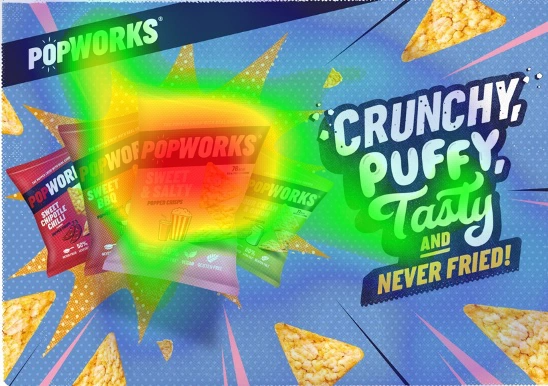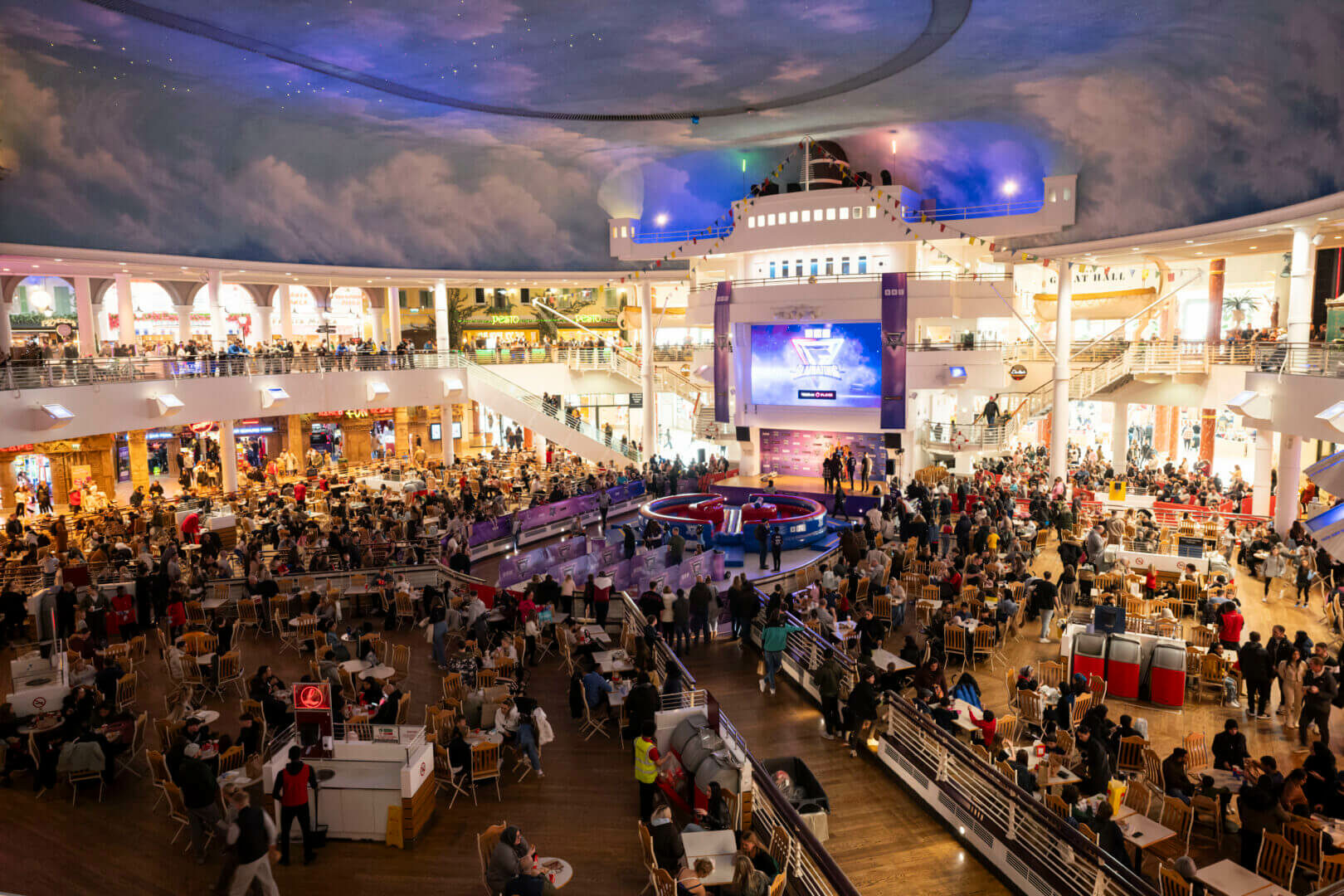Benchmarking the OOH industry
Create an evidence-based smarter as standard approach
In this age of data, it is becoming ever more important for brands to be able to show clear, concrete evidence of how their OOH campaigns performed. But being able to show how the campaign performed by itself, is only one half of the story. Knowing how the campaign performed compared to the wider OOH landscape and using that insight to inform smarter planning is what defines our smarter as standard approach.
We developed Talon Benchmarks to aggregate performance metrics across multiple researched campaigns, allowing us to identify the best performing OOH formats at driving specific metrics to inform smarter as standard planning. Doing this allows clients to both select the right OOH environments for task and to see how their campaign has actually performed versus the norm.
Whilst every campaign research project is different, core metrics such as brand awareness, ad recall, brand perception, consideration and call to action remain consistent in how they are measured. By analysing shifts for OOH campaigns, we are able to identify the OOH formats that will be best at delivering campaign goals.
OOH is known for its broadcast capabilities; however, our latest Benchmarks show how OOH formats are now working harder at delivering core behavioural metrics, including product consideration and consumer action. They also show how OOH is still working at the top end of the brand funnel, for example with larger formats driving awareness metrics, but it is emerging digital formats that are closing the brand funnel in driving consumers to take action.
Key findings reveal that transport is the most liked ad format, with the highest levels of ad likeability at 73% (+18% higher than the average). Transport is a unique environment with high dwell time and is part of a consumer’s habitual journey. This format therefore works to exercise consumers’ attention, their mindsets and shifting consumer consideration (+57% shift after OOH exposure – well above the norm). Princess Cruises used OOH to drive awareness and brand perception in these environments, with 94% liking the ad and 85% saying it made them want to go on a cruise.
Unsurprisingly, large format is best at driving spontaneous ad awareness. The sheer size and scale of this format is creating impact, embedding itself in consumers’ minds generating a huge shift in spontaneous ad recall (+198%). Exposure to large format activity also really prompts people to go online (+17%). Virgin Media used large format to push contextual messages to consumers, resulting in 71% spontaneous ad recall and 70% of consumers claiming to have visited the website as a result of seeing the OOH campaign. We also know from Ocean’s neuroscience research that the priming nature of large format campaigns implants a message in people’s minds prompting them to take future action in a highly effective way.
As is demonstrated again and again through campaign research, contextual copy works harder for brands than generic messaging. OOH is increasingly applying dynamic factors like context to campaigns to create more bespoke messaging to the consumer in different mindsets. Google’s use of contextual copy enhanced interaction with Google and its products with a +111% increase in call to action vs non-contextual copy. By adding a contextual element such as location, time or relevance engages us on a much deeper level, and we see that across the whole brand funnel, contextual campaigns have +23% higher post exposure score. They specifically work hard to drive spontaneous ad awareness (+57%), purchase (+50%) and more visitation to a store or website (+63% shift); all key KPI’s.
Digital OOH enables brands to use contextual copy in a dynamic way that grabs attention. Digital OOH is the most recalled ad format and closes the brand funnel by encouraging consumer purchase behaviour. Exposure to DOOH drives the highest levels of spontaneous ad recall (46%), with deeper levels of engagement driving brands top of mind. We also see the largest shift in consumer action (+50%) with digital, showing that engagement influences behaviour. Brands are now utilising digital more imaginatively and with success; e.g. McDonald’s use of the format to showcase the brand’s wider portfolio or brands simply using better and more integrated creative.
Using digital alongside classic OOH can drive a +20% plus increase in key brand perceptions and future consideration and a +12% increase in immediate purchase of core products. The ability to use video and dynamic content on DOOH is demonstrating how the channel can influence the lower end of the brand funnel to drive action.
Measuring campaigns and demonstrating performance across a range of metrics in OOH allows us to plan smarter and by format. OOH has its complexities, but simple messaging used in the right locations, times and environments can really drive effectiveness.
OOH is in its prime and brands are using it in smarter ways to engage on a deeper level, achieving both reach and activation goals. This could not be done without putting insight at the heart of planning and using it to inform the way campaigns are planned from the start. This is backed by our own Benchmarks data as well as our 4th Space research, and can be consistently seen in the increasingly dynamic use of digital formats. Ultimately, by using all of this data in a smart way OOH and brands can look to close the brand funnel and drive consumers to take action.
Emily Alcorn is Head of Insight at Talon Outdoor.



